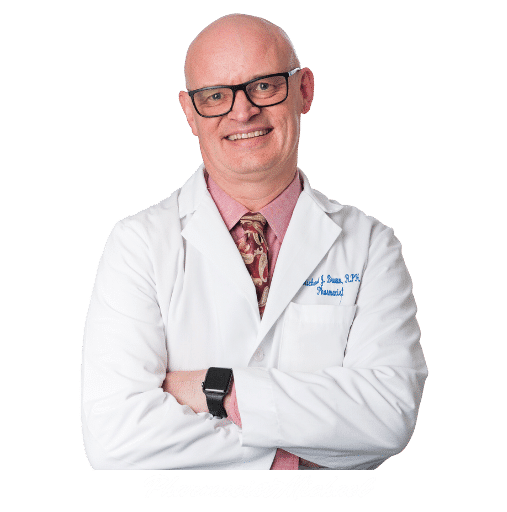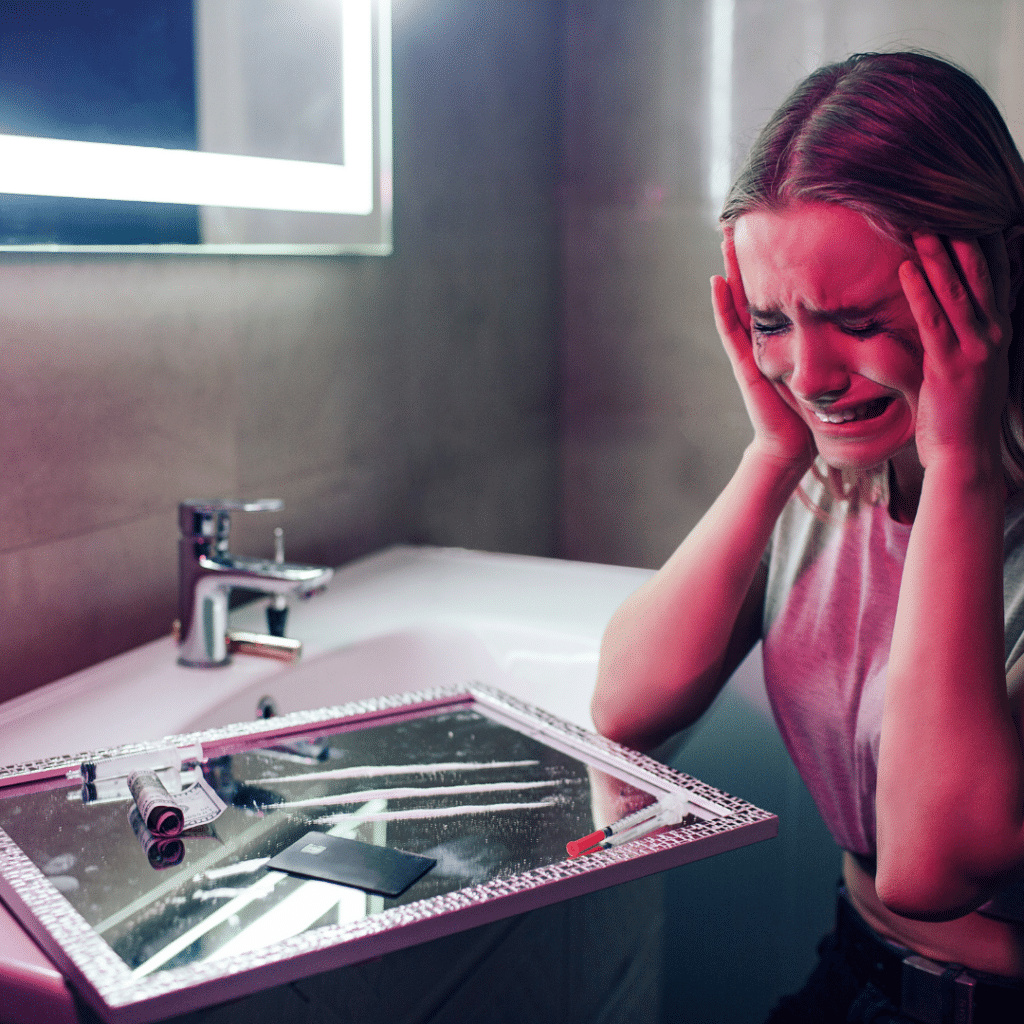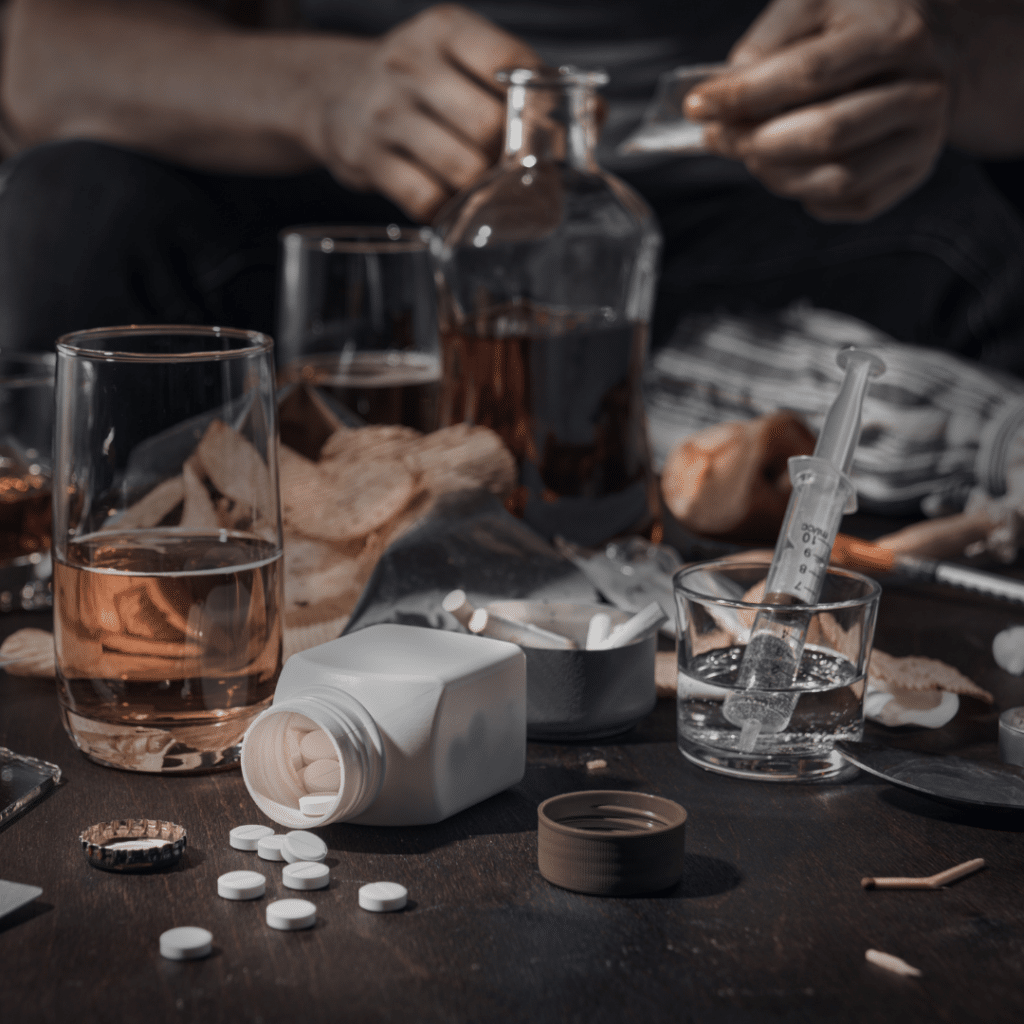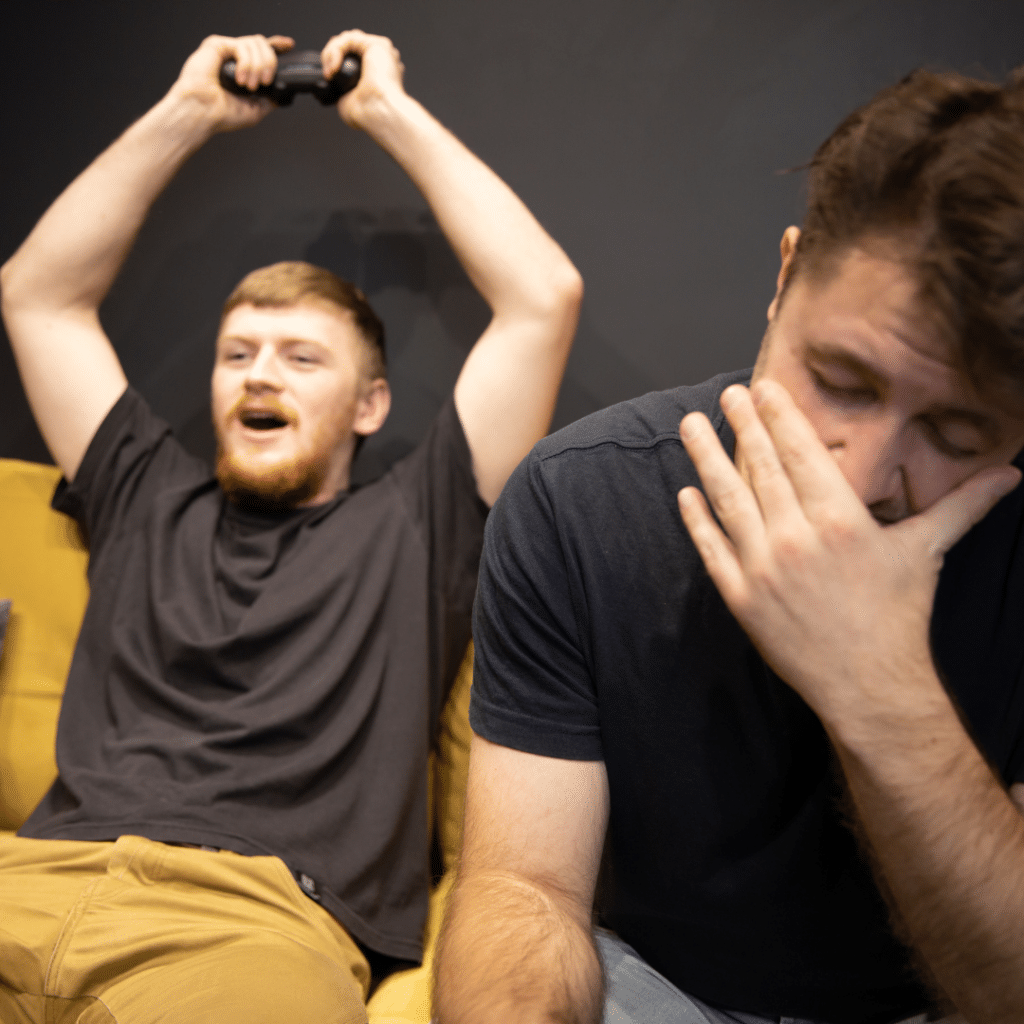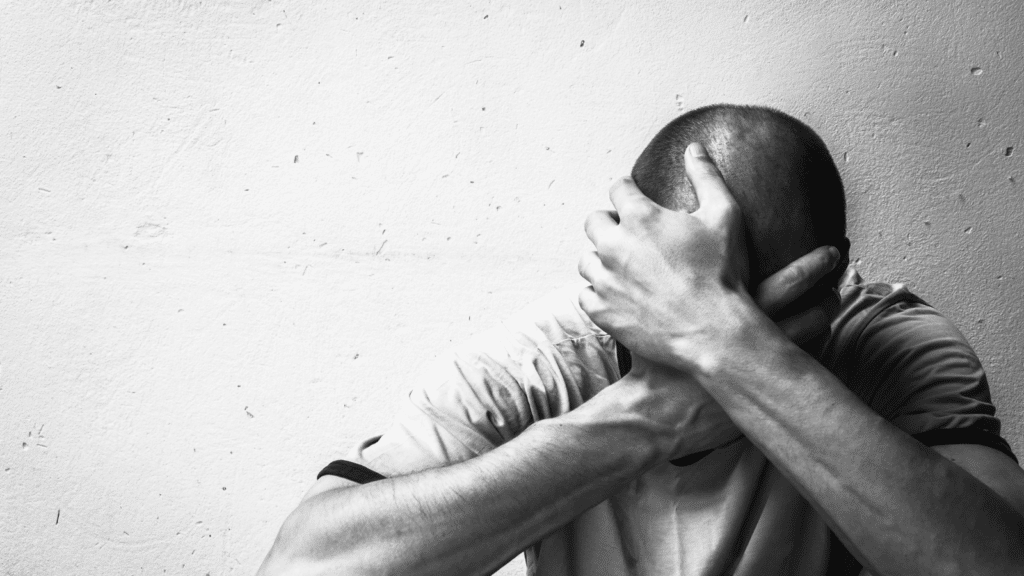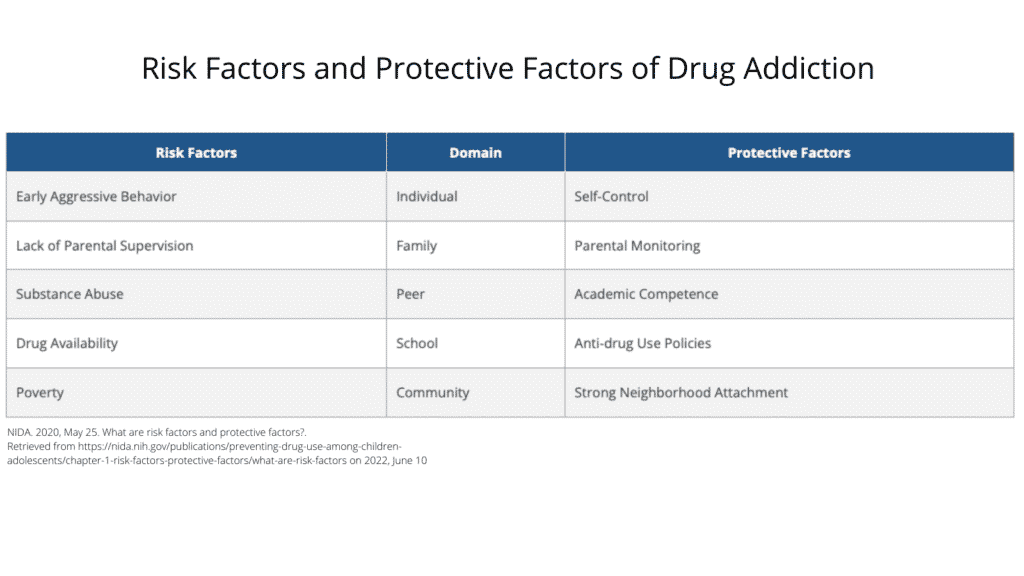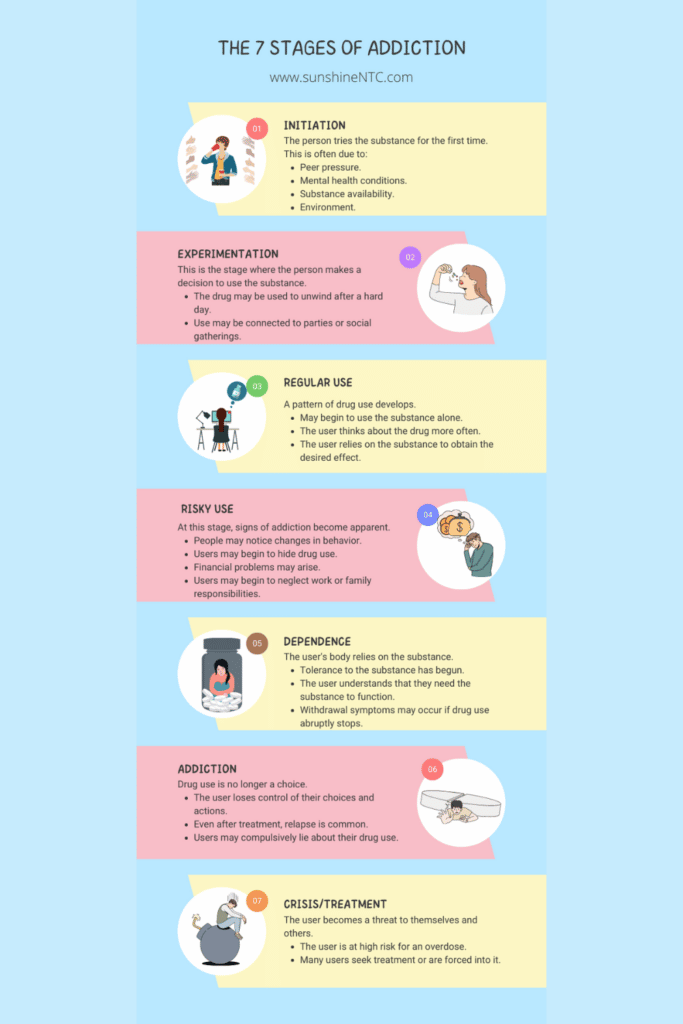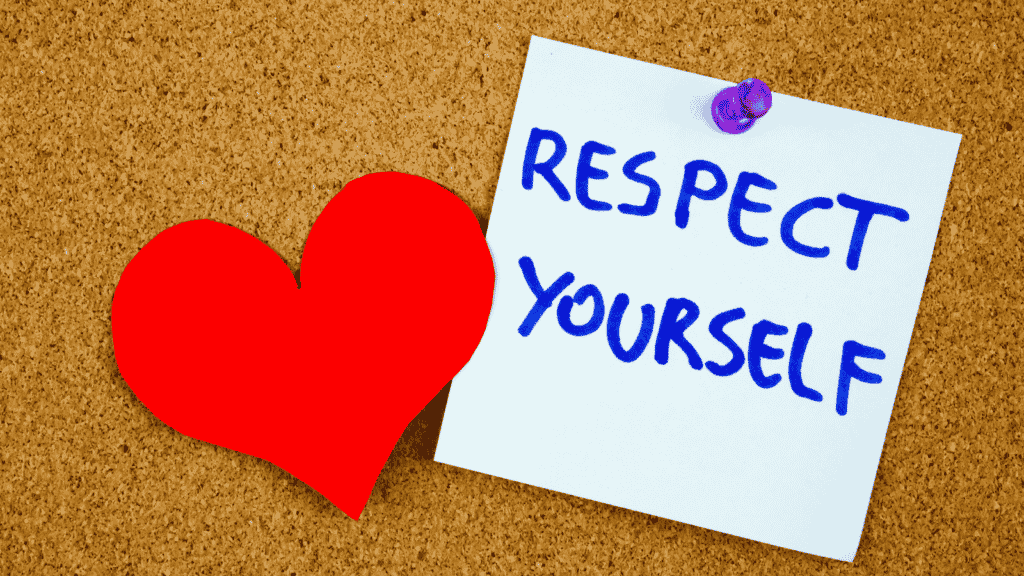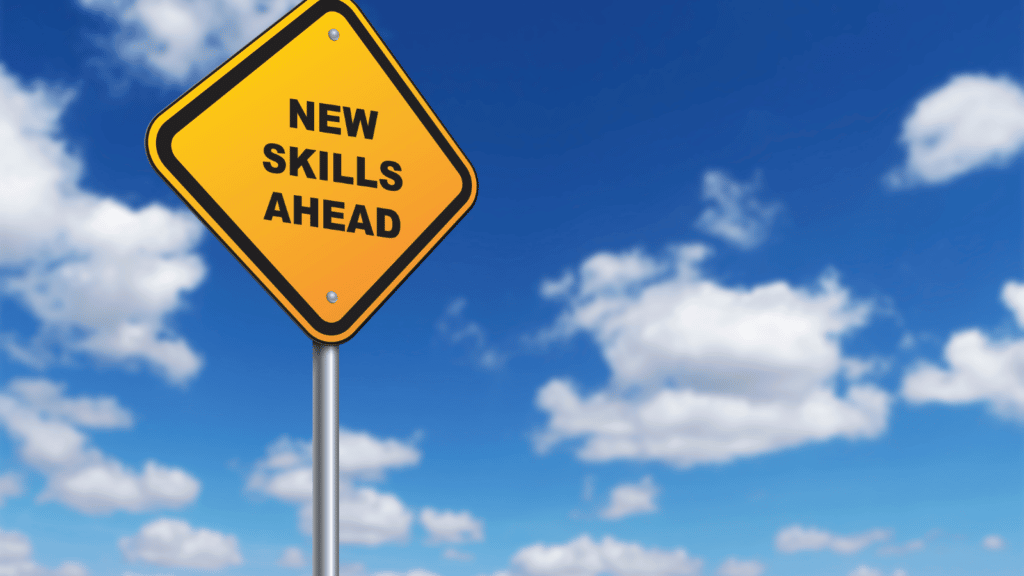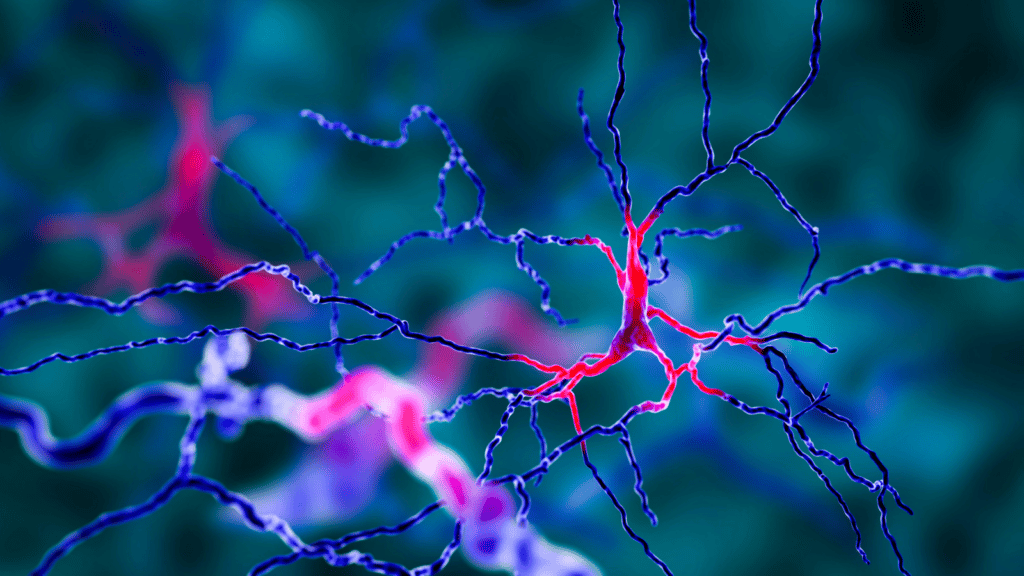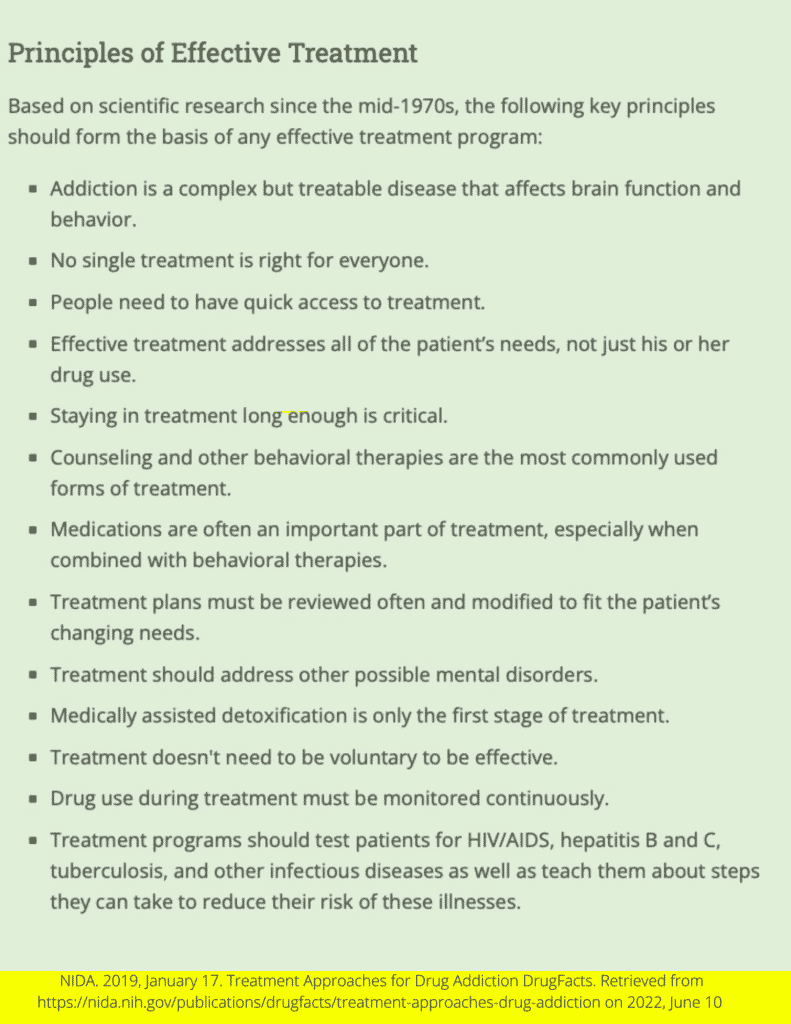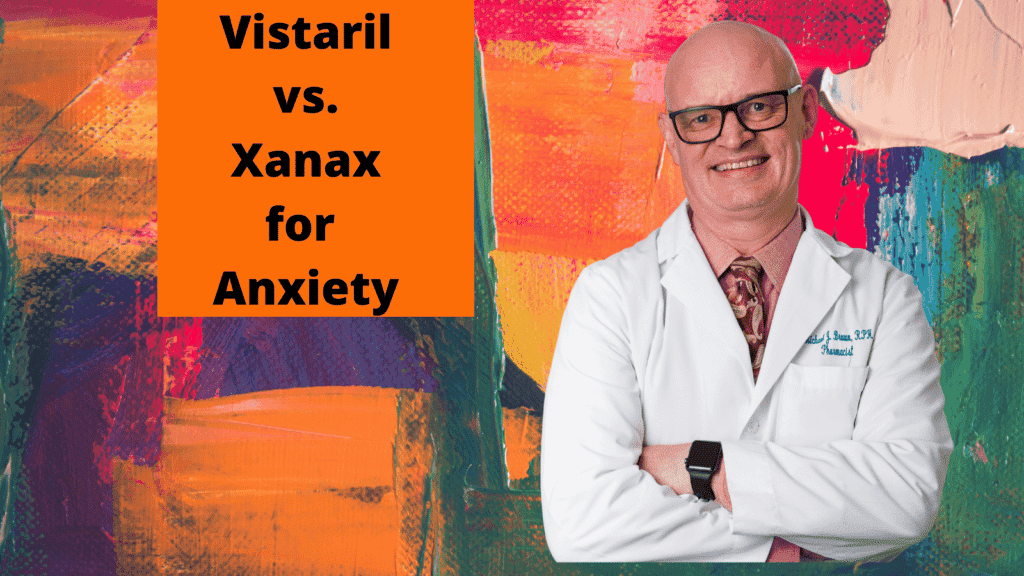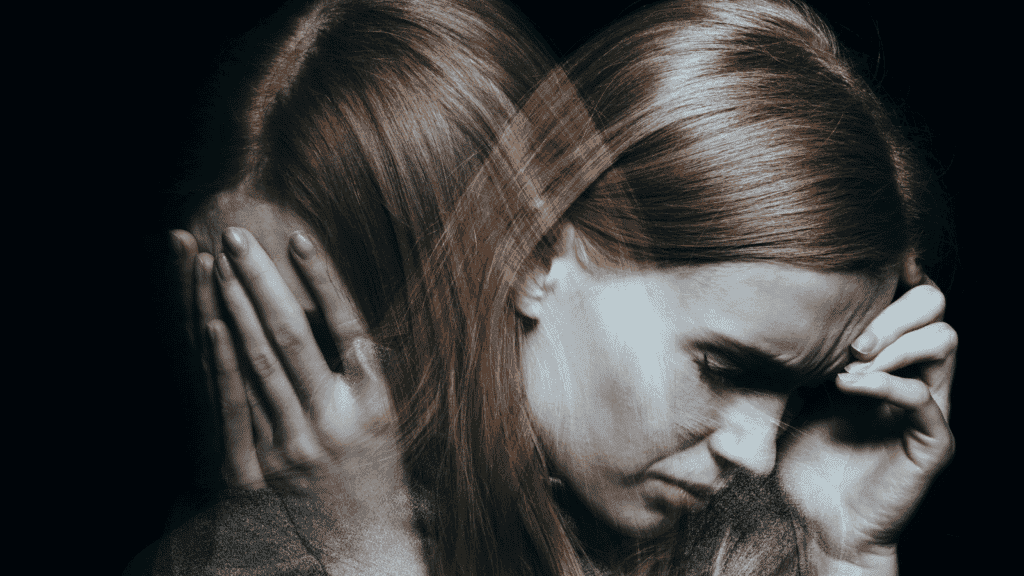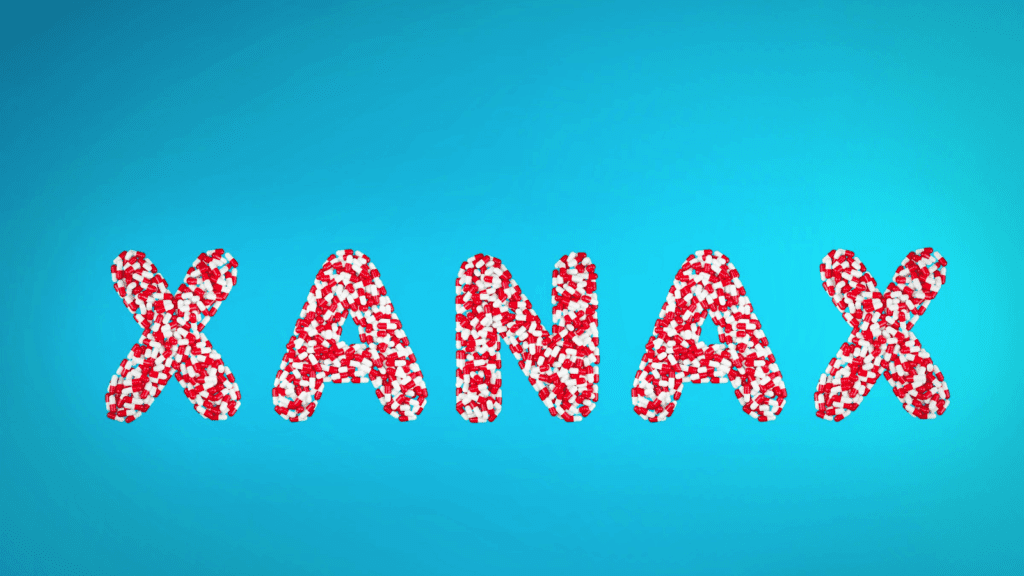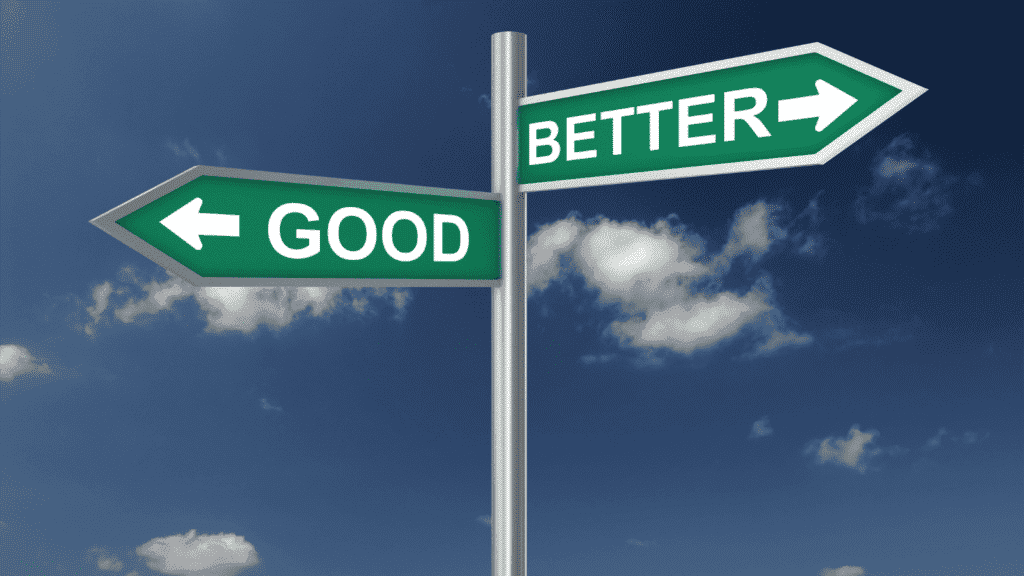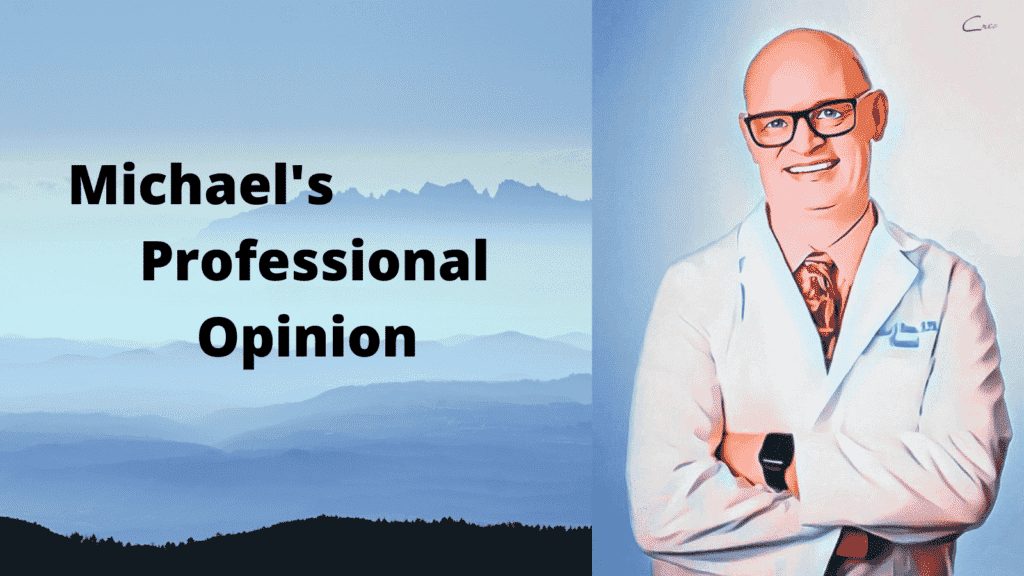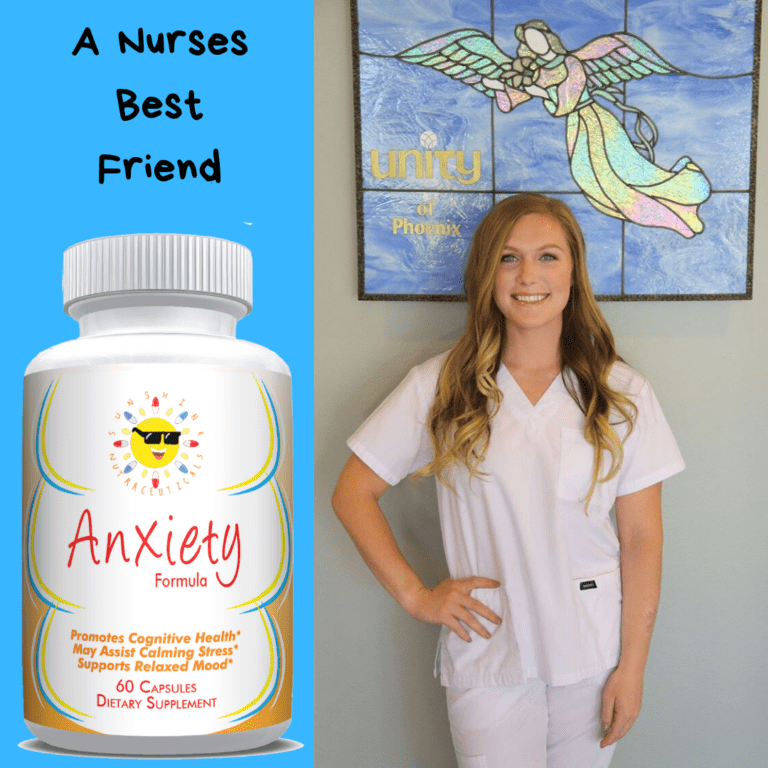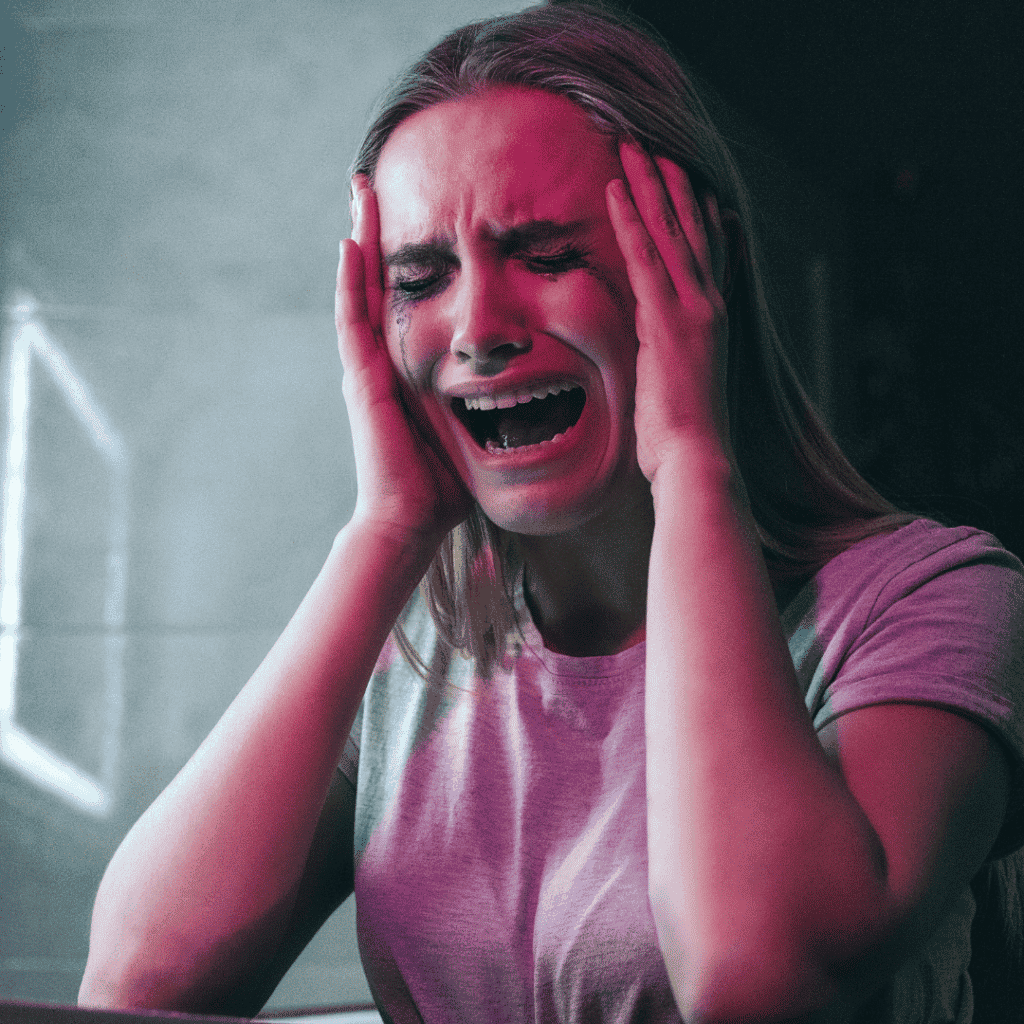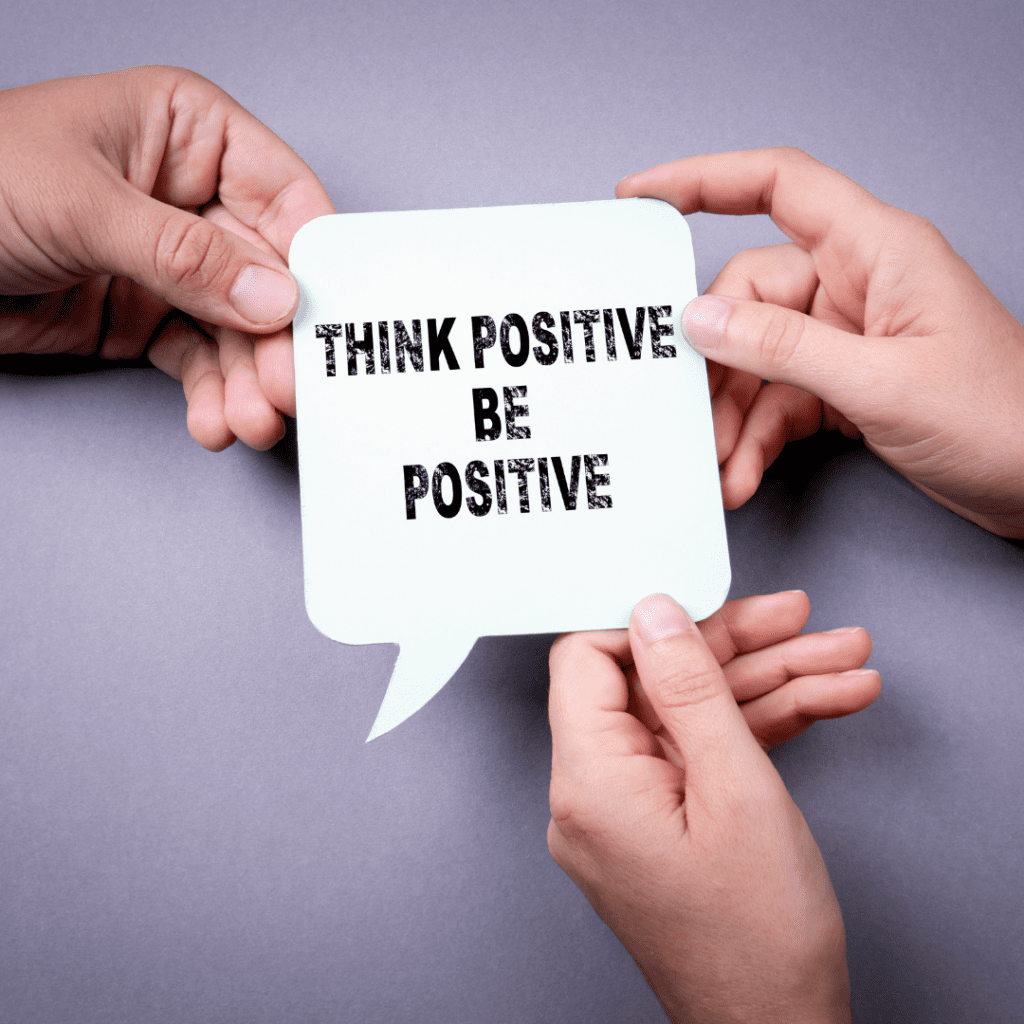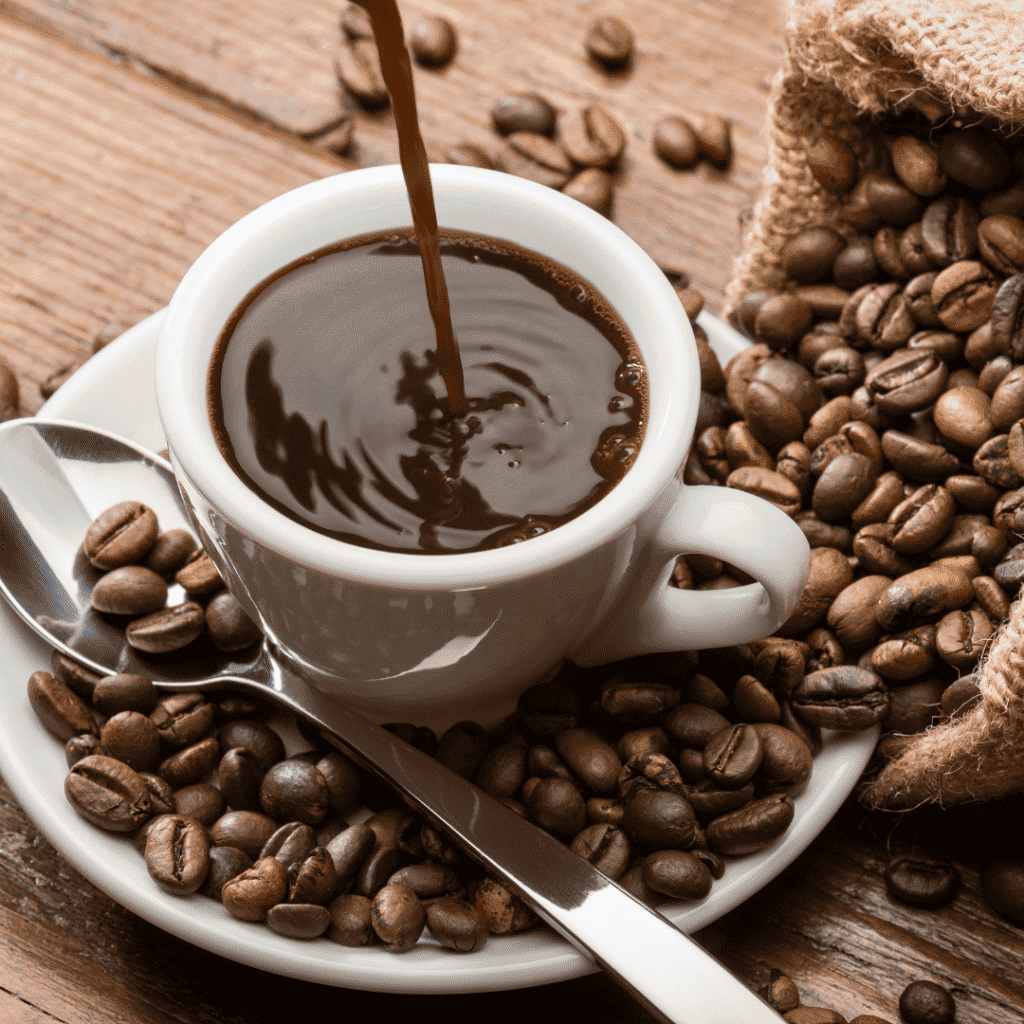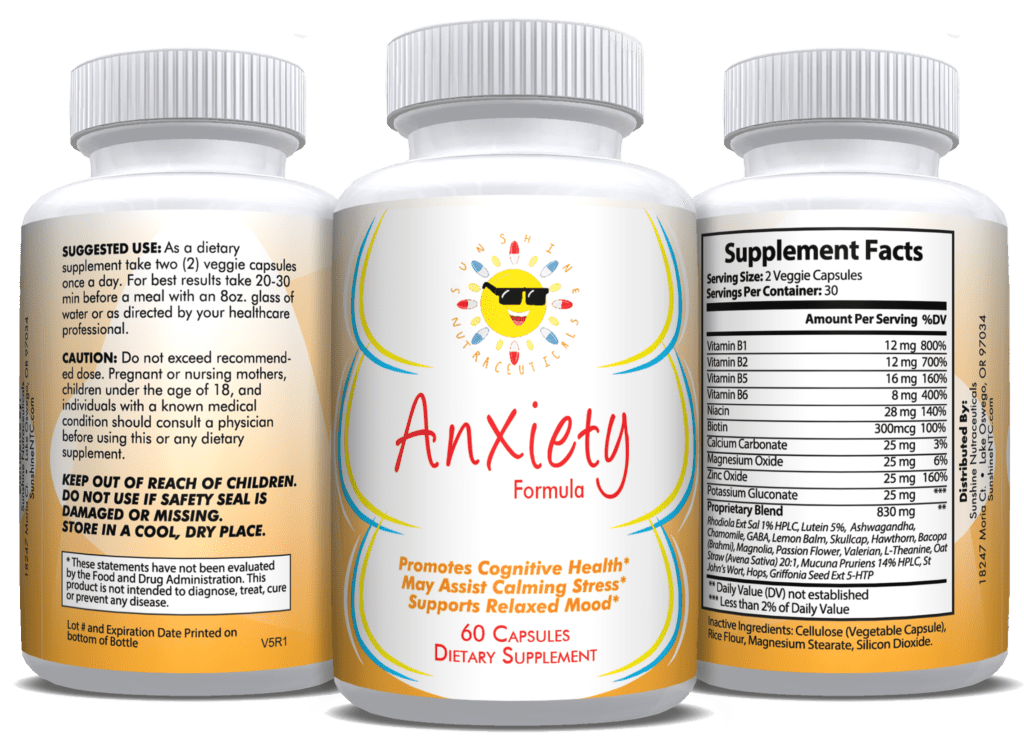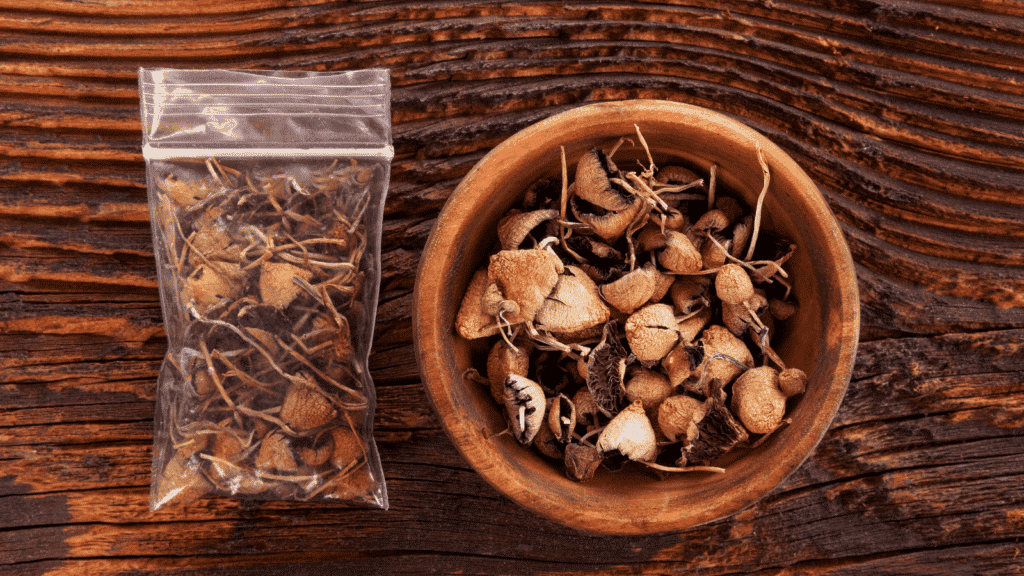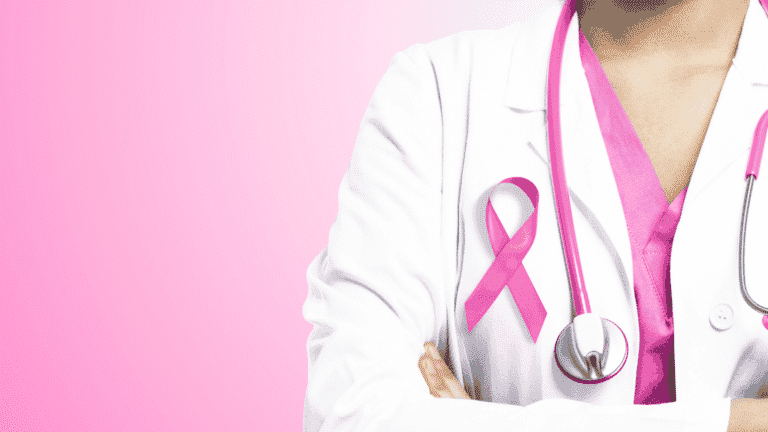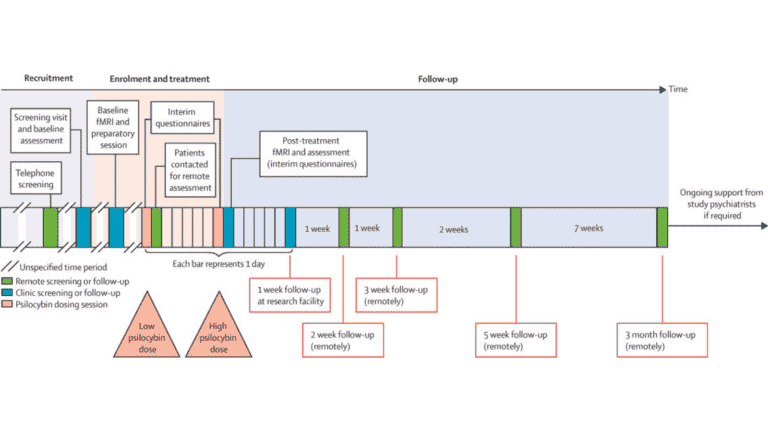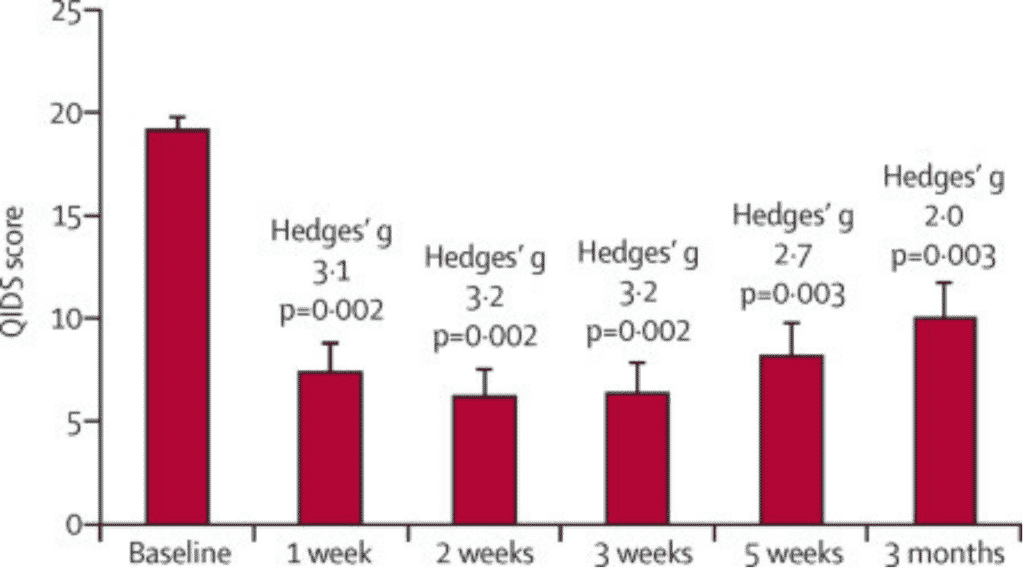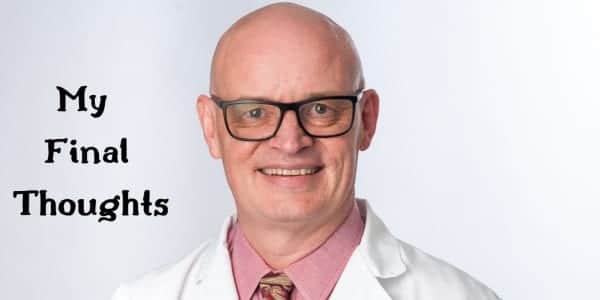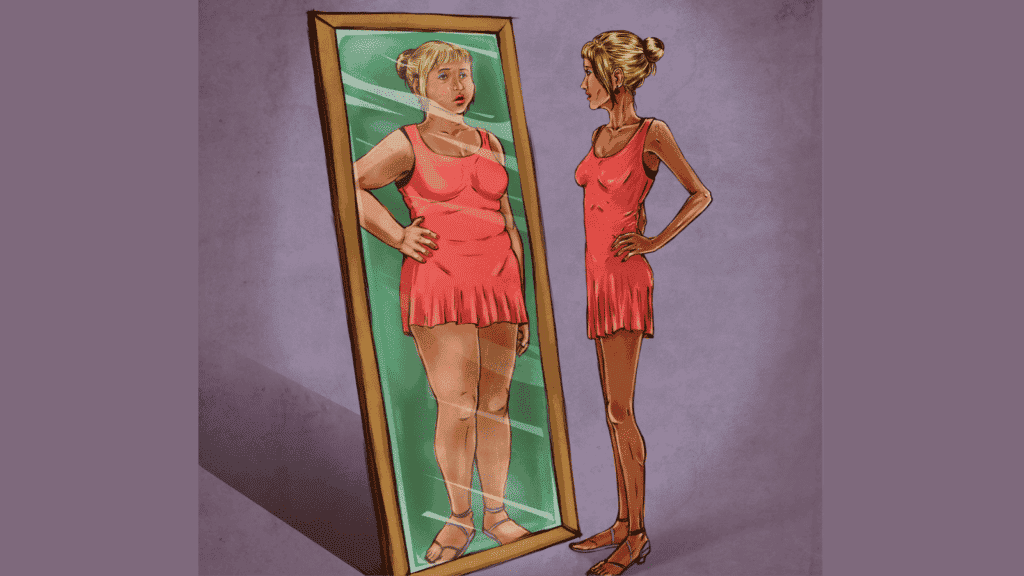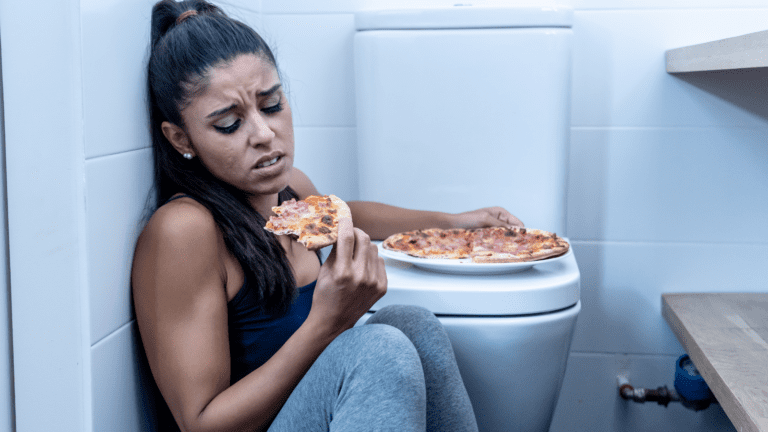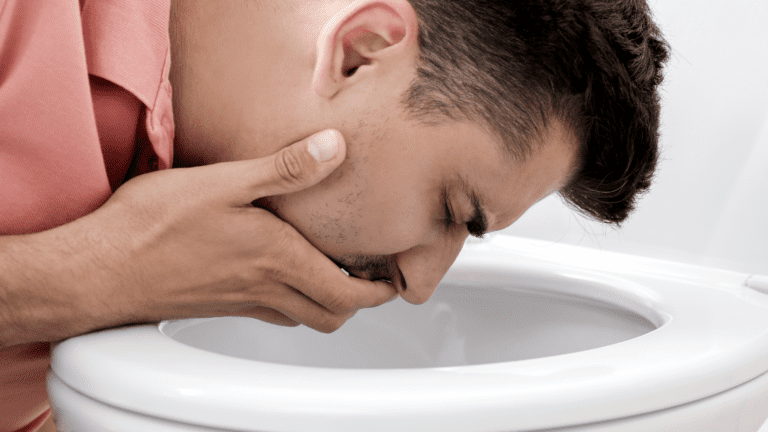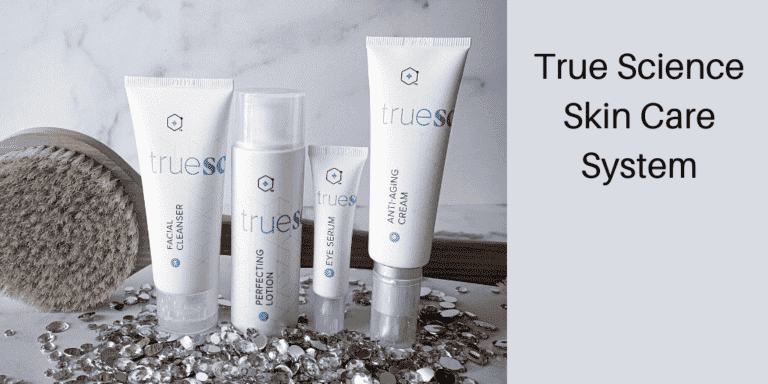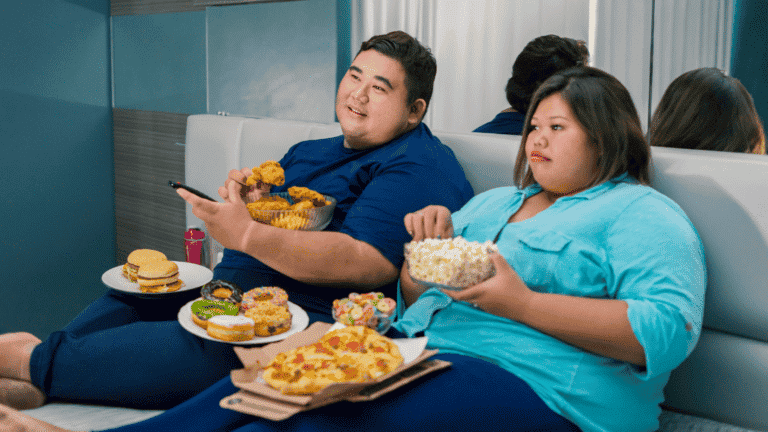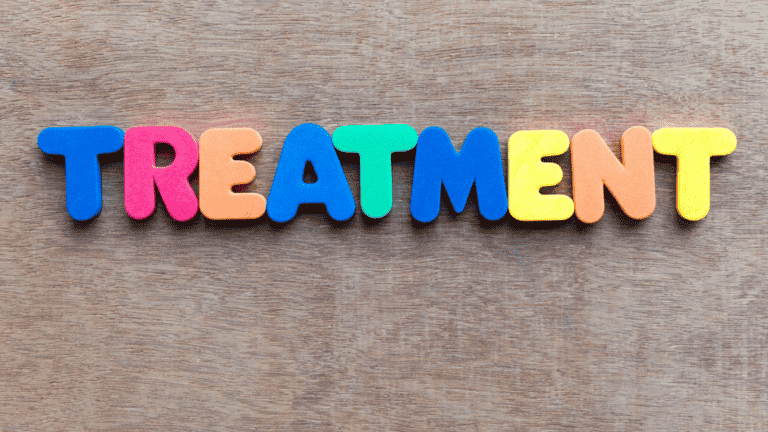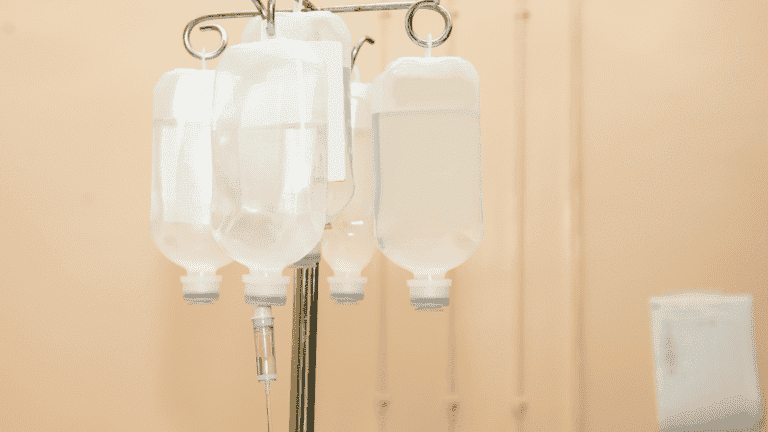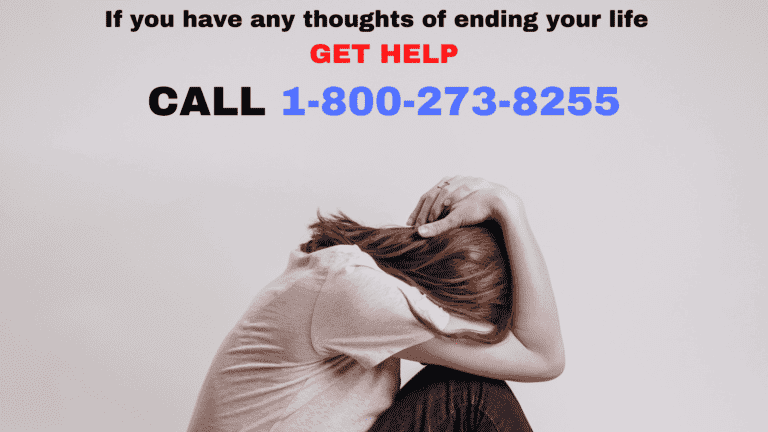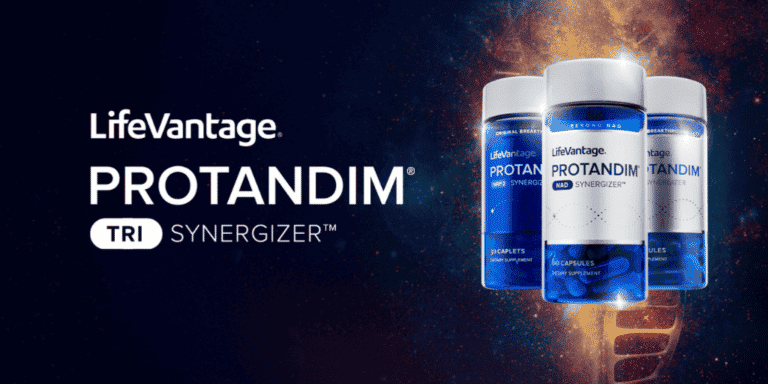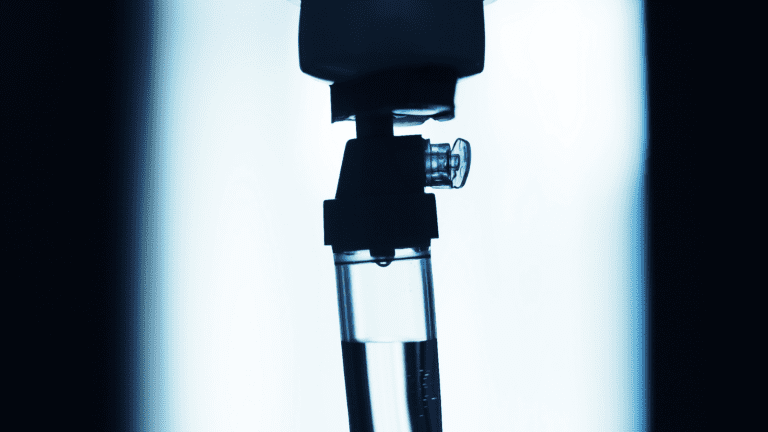
Anxiety, a complex emotional response characterized by feelings of tension, worried thoughts, and physical changes, is more than just a fleeting sensation of uneasiness. The American Psychological Association describes it as an emotion marked by feelings of tension and worried thoughts, as well as physical changes like increased blood pressure.
Anxiety is not inherently detrimental; it serves as an evolutionary response to danger, preparing individuals for fight-or-flight reactions. However, when anxiety becomes pervasive, it seeps into every crevice of daily life, transforming routine tasks into daunting challenges. It can erode the quality of life, impairing social interactions, work performance, and overall well-being. The persistent dread and anticipation of future threats, often without apparent cause, can lead to avoidance behaviors, further isolating individuals from potential support systems and coping mechanisms.

At the heart of anxiety’s pervasive grip on individuals is the concept of “anxiety triggers” — specific stimuli or conditions that precipitate an anxiety response. These triggers are as varied as the individuals affected by anxiety, ranging from external stimuli like crowded environments to internal stimuli such as thoughts of inadequacy or fear of failure. Understanding these triggers is not just about recognizing the immediate precursors to anxiety episodes; it’s about mapping the landscape of one’s emotional responses and pinpointing the sources of distress.
The thesis that understanding and managing anxiety triggers is pivotal in breaking the cycle of anxiety is grounded in the principle that knowledge is power. By identifying and acknowledging what specifically ignites one’s anxiety, individuals can devise targeted strategies to confront and manage these triggers. This proactive approach empowers individuals, shifting the narrative from one of vulnerability to one of control.
Managing triggers effectively can dilute their potency, reducing the frequency and intensity of anxiety episodes and paving the way for a restored sense of peace and control. Thus, the journey to mitigate the impact of anxiety and enhance life quality begins with a comprehensive understanding of the triggers that initiate the cycle of anxiety.

Understanding Anxiety Triggers
Anxiety triggers, fundamentally, are specific stimuli or situations that spark an immediate or heightened state of anxiety in individuals. These triggers act like a switch that, once flipped, can catapult someone into a whirlwind of anxious thoughts and physical responses.
The intricate aspect of anxiety triggers lies in their vast diversity and deeply personal nature. What might provoke a significant anxiety response in one person could be entirely benign to another, underscoring the subjective fabric of anxiety experiences. This variability necessitates a personalized approach to understanding and managing anxiety.
Common triggers of anxiety can be broadly categorized into several key areas:
- Social Interactions: Engaging in or even anticipating social gatherings, public speaking events, or personal encounters can be daunting for many. The fear of judgment, rejection, or failure in social contexts can provoke anxiety.
- Stress: Chronic or acute stress, whether stemming from workplace demands, academic pressures, or personal challenges, can significantly contribute to anxiety levels. The body’s response to ongoing stress can exacerbate or trigger anxiety episodes.
- Health Concerns: Worrying about health — either one’s own or a loved one’s — especially in the context of illness or medical procedures, can be a potent trigger for anxiety.
- Environmental Factors: Certain environmental conditions, such as crowded spaces, loud noises, or even specific weather conditions, can induce feelings of anxiety in some individuals.
- Negative Thinking Patterns: Patterns of thought that lean towards pessimism, catastrophizing, or black-and-white thinking can trigger anxiety. These patterns often involve anticipating the worst possible outcomes in any given situation.
The identification of personal anxiety triggers is a crucial step in the journey toward managing anxiety more effectively. This process involves self-reflection and, often, the maintenance of a diary or journal to record instances of anxiety episodes and their potential triggers. Over time, patterns emerge, providing valuable insights into the specific conditions or stimuli that provoke anxiety.
Recognizing one’s triggers is the first step in developing targeted strategies to confront and manage these triggers before they escalate into full-blown anxiety episodes. It allows for the implementation of coping mechanisms, whether through cognitive-behavioral techniques, mindfulness practices, or lifestyle adjustments, tailored to address these specific triggers.
Understanding the unique triggers of one’s anxiety is indispensable for crafting an effective management plan. It empowers individuals to anticipate and mitigate the impact of these triggers, fostering a sense of control and resilience in the face of anxiety.

Breaking the Cycle: Strategies for Managing Anxiety Triggers
1. Identify and Understand Your Triggers
Keeping a Journal: Maintaining a daily log of activities, emotions, and anxiety levels can unveil patterns and specific triggers of anxiety. This methodical tracking helps individuals pinpoint the circumstances or thoughts that precede anxiety episodes, making it easier to address them proactively. Fostering this habit can lead to significant insights, as noted in a study by Smyth et al. (1999), which highlights the therapeutic benefits of journaling on emotional well-being.1
Self-Awareness: Developing self-awareness is crucial in recognizing personal triggers. It involves an introspective look into one’s reactions and the situations that exacerbate anxiety. This self-knowledge is the bedrock of effective anxiety management, as it enables tailored coping strategies. Kabat-Zinn (1994) emphasizes the role of mindfulness in cultivating self-awareness, suggesting that mindfulness practices can enhance our ability to detect and understand our emotional states, including anxiety.2
2. Practice Mindfulness and Meditation
Mindfulness Techniques: Mindfulness keeps individuals grounded in the present moment, mitigating the impact of anxiety triggers. By focusing on the here and now, mindfulness practices prevent the mind from dwelling on past concerns or future worries, which are common sources of anxiety. A meta-analysis by Hofmann et al. (2010) supports the effectiveness of mindfulness meditation in reducing anxiety symptoms, demonstrating its value in anxiety management.3
Meditation: Regular meditation practice can significantly lower stress levels, creating a sense of calm that counteracts the hyperarousal state of anxiety. Meditation fosters a tranquil mind, enabling individuals to face triggers with a more balanced perspective. Goyal et al. (2014) provide evidence for the stress-reducing benefits of meditation, highlighting its potential to improve anxiety disorders and overall mental health.4
3. Cognitive-Behavioral Therapy (CBT)
CBT Overview: Cognitive-Behavioral Therapy is a structured, time-limited approach that focuses on identifying, understanding, and changing negative thinking and behavior patterns. CBT is highly effective in treating anxiety by addressing the underlying thought processes that fuel anxiety symptoms. Beck (1976) outlines the cognitive model of emotional disorders, laying the groundwork for CBT’s application in anxiety management.5
Challenging Irrational Fears: CBT involves techniques such as cognitive restructuring, which helps individuals challenge and reframe irrational thoughts or beliefs contributing to anxiety. Through this process, individuals learn to replace fear-driven narratives with more realistic and positive ones. Hofmann et al. (2012) discuss the efficacy of CBT in modifying dysfunctional thought patterns in anxiety disorders.6
4. Lifestyle Changes
Exercise, Diet, and Sleep: Regular physical activity, a nutritious diet, and adequate sleep are foundational elements of a healthy lifestyle that can significantly reduce anxiety levels. Exercise acts as a natural anxiety reliever, diet influences mood, and sleep is essential for emotional regulation. Ströhle (2009) discusses the anxiolytic effects of physical activity7, while Jacka et al. (2010) explore the relationship between diet quality and mental health.8
Minimizing Caffeine and Alcohol: Reducing the intake of caffeine and alcohol can help manage anxiety. Both substances can exacerbate anxiety symptoms and disrupt sleep patterns, contributing to a cycle of anxiety. Smith (2002) highlights the role of caffeine in increasing anxiety levels, advocating for moderation or elimination to reduce anxiety.9
5. Exposure Therapy
Exposure Therapy Defined: This therapeutic approach involves gradual, controlled exposure to the feared object, situation, or thought, helping individuals build tolerance and reduce anxiety responses over time. It’s particularly effective for specific phobias and social anxiety. Foa & Kozak (1986) describe the process and benefits of exposure therapy in the treatment of anxiety disorders.10
Desensitization Process: Through repeated exposure in a safe environment, individuals learn to desensitize their reactions to triggers, diminishing their power to provoke anxiety. This method encourages a reevaluation of the perceived threat, fostering a more rational response. Wolitzky-Taylor et al. (2008) provide evidence for the effectiveness of exposure therapy in reducing fear and anxiety responses.11
6. Develop a Support Network
Sharing Experiences: Engaging with friends, family, or support groups offers emotional relief and a sense of belonging. Sharing struggles and successes with others who understand can validate feelings and provide new coping strategies. Pfeiffer et al. (2011) emphasize the importance of social support in mental health recovery, highlighting its role in reducing anxiety and stress.12
7. Learn Relaxation Techniques
Relaxation Methods: Techniques such as deep breathing, progressive muscle relaxation, and visualization can alleviate the physiological symptoms of anxiety, promoting a state of calm. These practices help regulate the body’s stress response, offering immediate relief from anxiety symptoms. Manzoni et al. (2008) review the effectiveness of relaxation techniques in reducing anxiety, underscoring their utility in anxiety management.13
8. Seek Professional Help
Professional Consultation: When anxiety significantly disrupts daily functioning, professional help from a mental health practitioner can provide personalized strategies for managing anxiety and its triggers. Accessing professional support can offer a pathway to understanding and overcoming anxiety in a structured, supportive environment. Andrews et al. (2010) advocate for seeking professional help in treating anxiety disorders, highlighting the benefits of tailored therapeutic interventions.14

The Importance of Patience and Persistence
The endeavor to manage anxiety triggers is not a sprint; it’s a marathon. It’s a journey marked not by the swiftness of reaching the destination but by the steadfastness of one’s commitment to the path. Acknowledging the ongoing nature of this process is crucial. Anxiety, with its myriad triggers and complex underpinnings, does not adhere to a one-size-fits-all solution or a predictable timeline for improvement. It requires a tapestry of strategies, a dose of patience, and a reservoir of persistence.
Encountering setbacks is an integral part of this journey.
Although disheartening, these moments are not indicators of failure but signposts for learning and growth. Celebrating progress, no matter how small it may seem, is vital. Each step forward, each trigger identified and managed, each day that ends with a sense of accomplishment, is a victory in its own right. These moments of triumph build resilience, fostering a sense of self-efficacy and empowerment.
Consistent effort over time is the linchpin in the machinery of managing anxiety. The application of strategies to cope with triggers must be persistent. The fabric of change is woven slowly through daily practices, the accumulation of small victories, and the patient retraining of our responses to the world around us. This persistence is what ultimately leads to meaningful results—a gradual but tangible decrease in the power of anxiety over our lives.

The identification and management of anxiety triggers are paramount in breaking the pervasive cycle of anxiety. Though fraught with challenges, this journey holds the promise of a life where anxiety does not hold the reins. The significance of understanding one’s triggers cannot be overstated; it is the first step towards a semblance of control in a seemingly uncontrollable aspect of our lives.
The path to managing anxiety is undeniably challenging. It tests our patience, demands our persistence, and asks us to embrace vulnerability. Yet, the rewards of this journey—a sense of peace, a reclaiming of freedom, a life not overshadowed by anxiety—are immeasurably valuable. They represent not just the alleviation of symptoms but the reclaiming of the joy and spontaneity that anxiety often eclipses.
As we draw this blog post to a close, let us issue a call to embrace this journey with hope and determination. Each step taken is a step towards reclaiming the peace and freedom that anxiety has obscured. Let us move forward with the understanding that while the road may be long and winding, it leads to a destination where the air is clearer, the burden is lighter, and the heart is unencumbered. This is not just a journey away from anxiety but a journey towards a fuller, richer experience of life itself.

Michael J. Brown, RPh, BCPS, BCPP
Mr. Brown is a Clinical Pharmacist specializing in pharmacotherapy and psychiatry.
Feel free to send Michael a message using this link.
Disclosure: This post may contain affiliate links, meaning, at no additional cost to you, I may earn a commission if you click on, or make a purchase through a third-party link.
